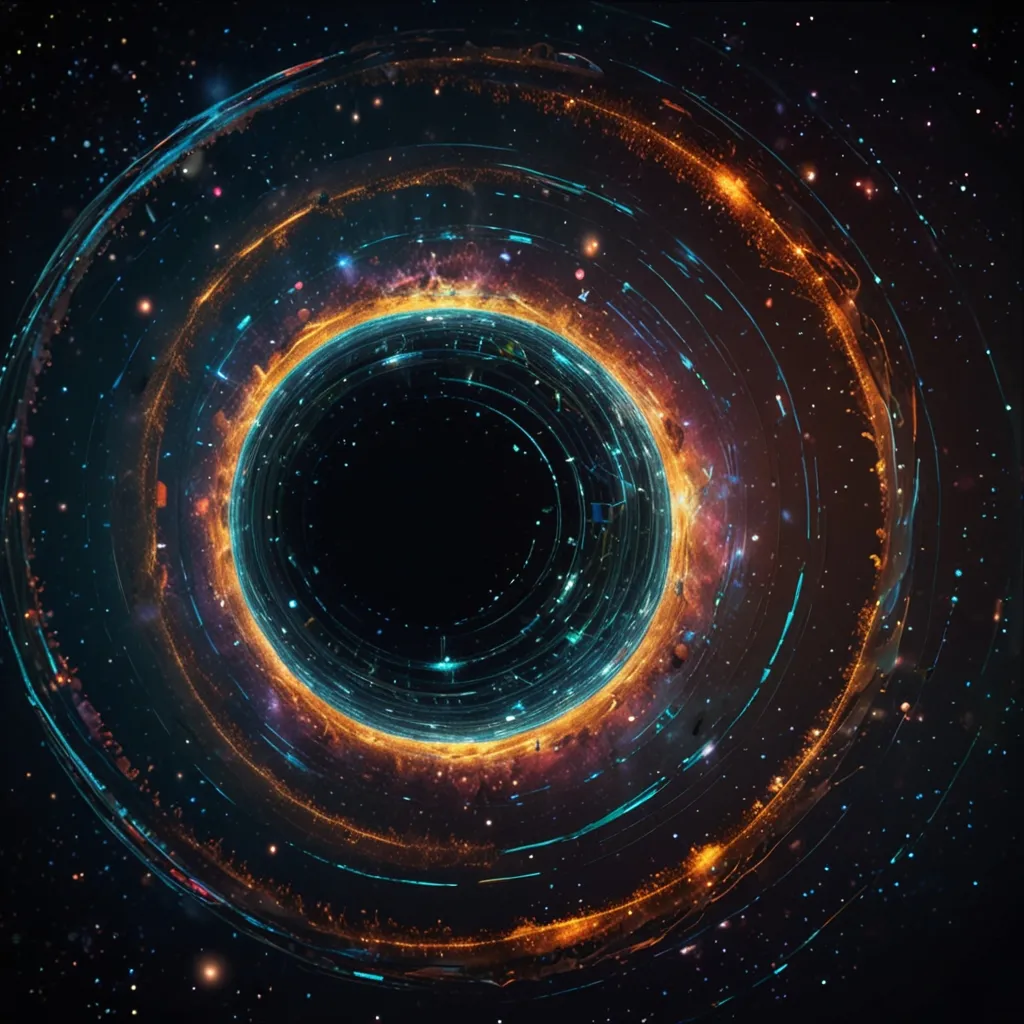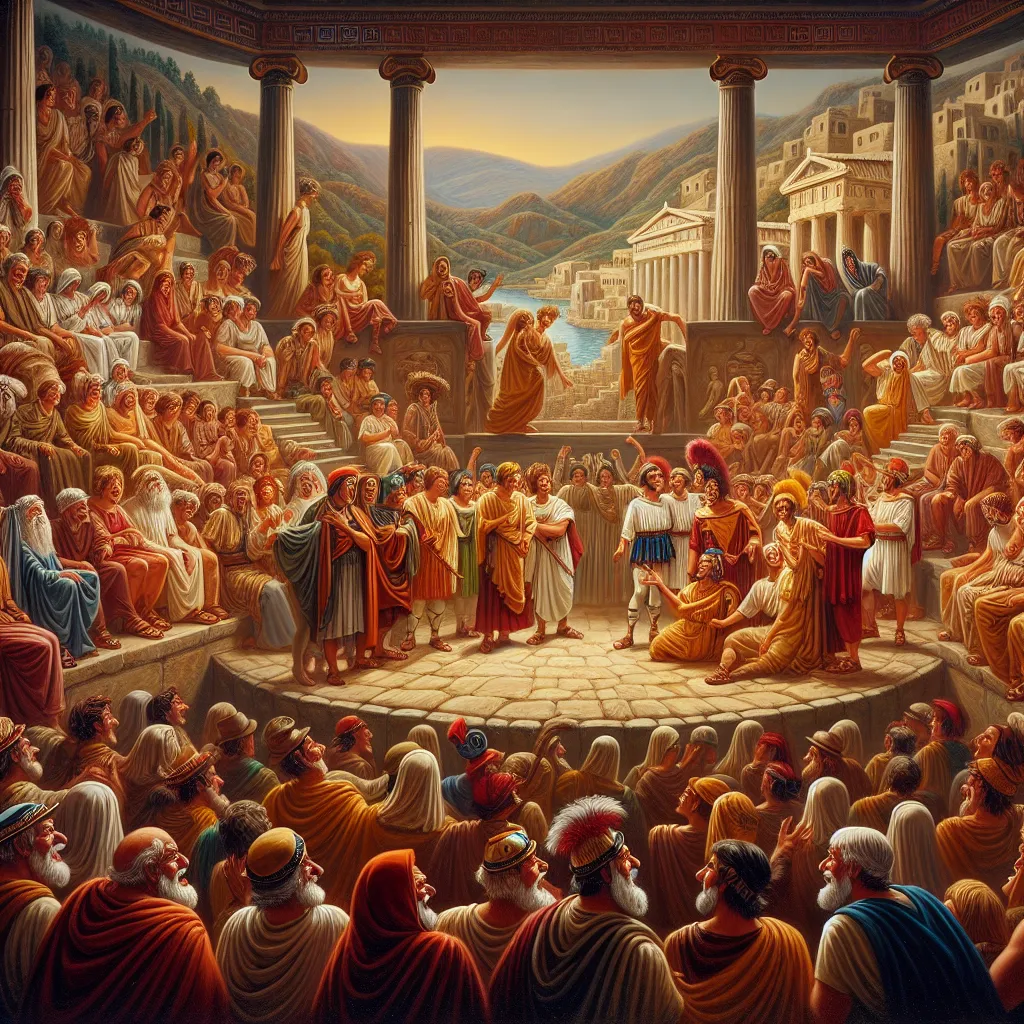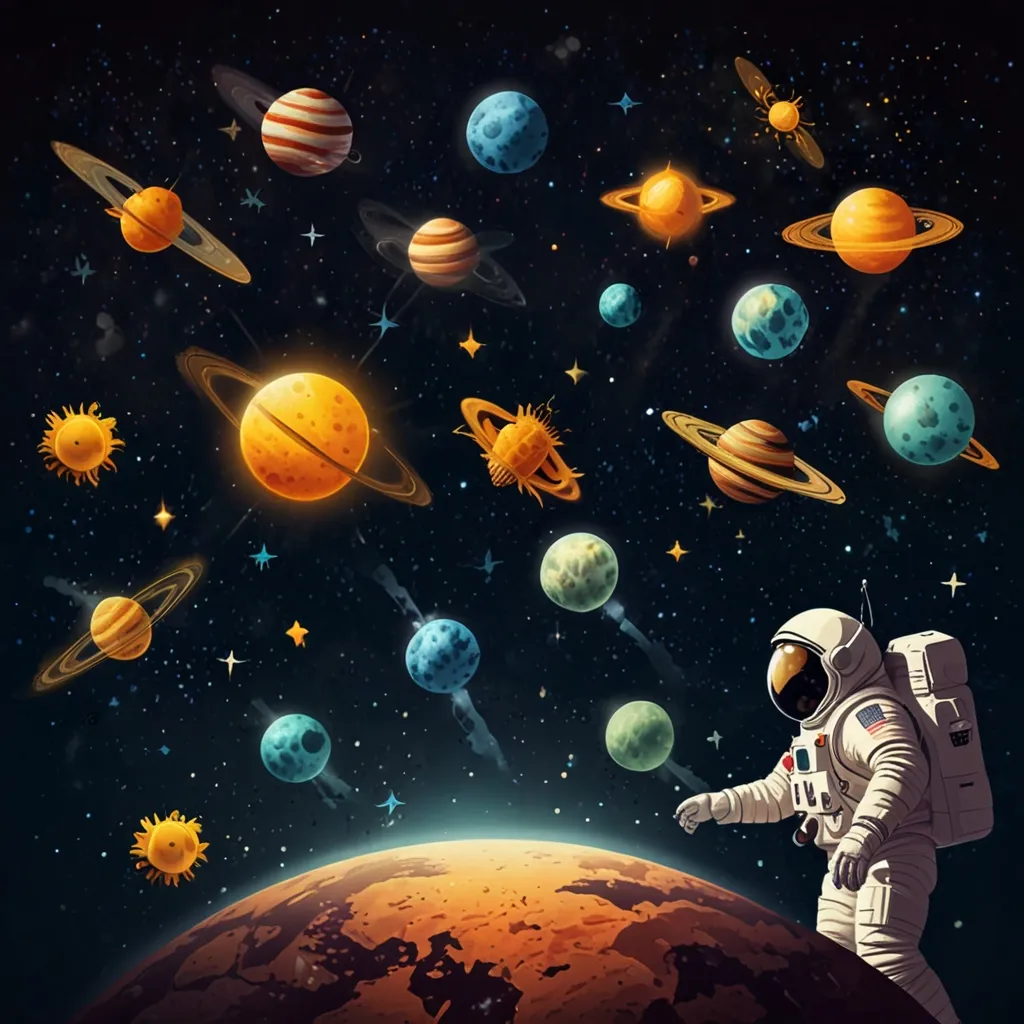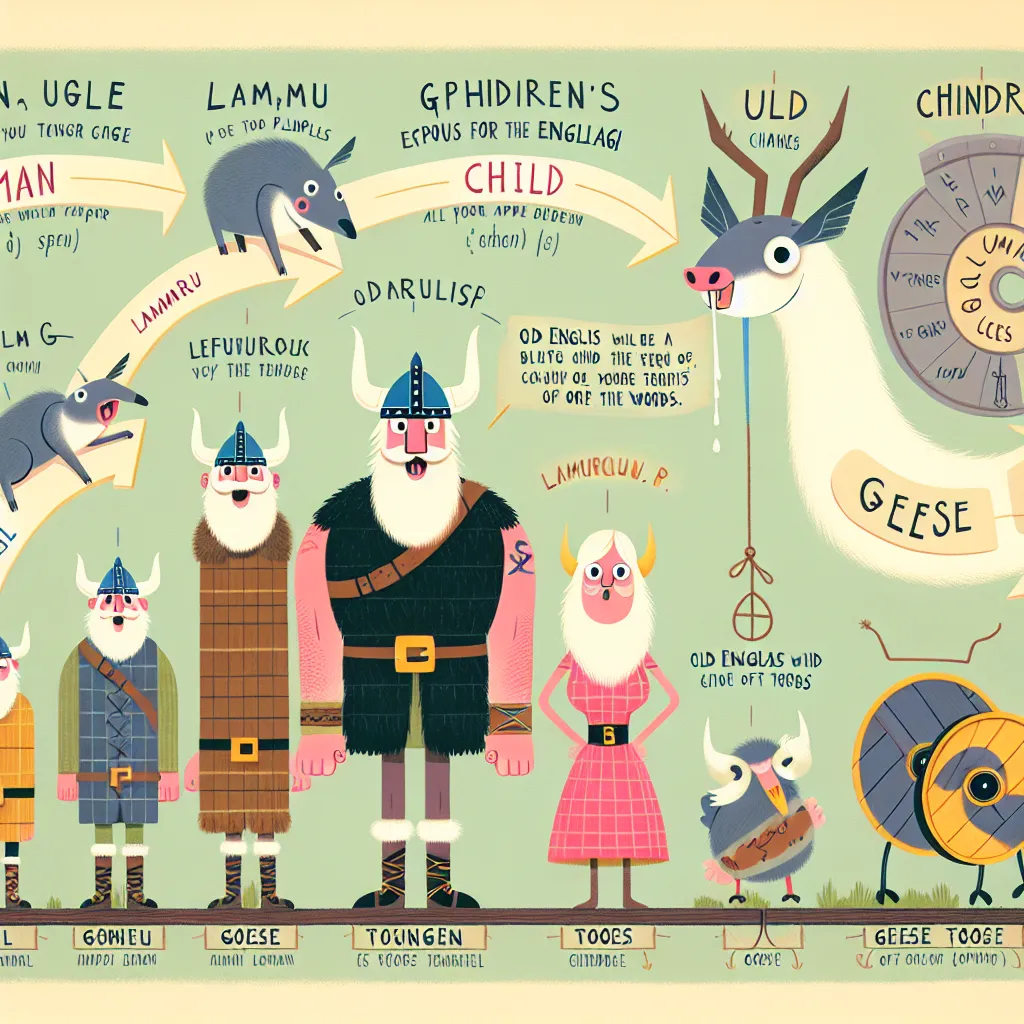So, you’ve been trawling the vast ocean of physics news and probably caught sight of some eye-catching headlines. There’s buzz about physicists conjuring up a “holographic wormhole” using a quantum computer. That’s right—scientists throwing around terms like “wormholes” and “quantum” in the same breath got everyone on tenterhooks. This curious feat is the brainchild of a team led by Maria Spiropulu from Caltech. The big question looming is: did they actually whip up a wormhole in a lab, or is it all just an elaborate tease? And if so, what does this spell for our dreams of hopping cosmic distances in no time? Let’s delve into this mind-bender and try to make sense of it all.
First off, physics has two heavyweight champs: quantum mechanics and general relativity. Quantum mechanics deals with tiny stuff—you know, the kind of mystical world Max Planck, Niels Bohr, and Erwin Schrödinger waded into. Then there’s relativity, which tackles the vast cosmos as brilliantly articulated by Albert Einstein. These theories are champs in their own ring. They make astonishingly accurate predictions and have faced numerous challenges. Yet, they’ve never managed to play nice in one sandbox. Trying to blend general relativity with quantum mechanics often results in frustrating infinities—basically, the universe flipping you off with results that make zero sense.
Many brilliant minds, including Einstein himself, spent their days trying to knit these theories together into one glorious tapestry—a quantum theory of gravity. This endeavor led Einstein and his colleague Nathan Rosen to concoct the idea of the Einstein-Rosen Bridge, a type of theoretical wormhole. Picture a flat space-time fabric, add a hefty mass like a black hole, and bam! You’ve got a wormhole—a tubular tunnel through the cosmic fabric, potentially linking two points.
Now, there’s another layer. Just before cooking up the wormhole theory, Einstein, Rosen, and another scientist, Boris Podolsky, dropped a bombshell we now call the EPR paper. It questioned quantum mechanics’ completeness due to a peculiar quirk called quantum entanglement. Imagine two particles so deeply connected that what happens to one instantly dictates the state of the other—even if they’re light years apart. That’s what entanglement is about, and it seemed ludicrous because it implied faster-than-light communication, which seemingly taunts the universe’s laws.
Here’s where things get spicy. Suppose the wormholes from the ER paper and the curious entanglement from the EPR paper were two sides of the same coin? Juan Maldacena tackled this conundrum in the late ’90s, proposing that two entangled quantum systems are mathematically mirrored by a pair of black holes connected via a wormhole. Fast forward to 2013, alongside Leonard Susskind, Maldacena posited that these quantum entanglements could essentially be wormholes in disguise—a claim dubbed the ER=EPR conjecture.
So, we circle back to the current buzz about wormholes crafted in a lab. The recent paper posits that no, they didn’t carve an actual physical wormhole into the universe. Instead, by harnessing the magic of a quantum computer, they managed a simulation that mimicked a wormhole’s behavior using entangled particles. This doesn’t mean they’ve broken open the universe’s gates, but they’ve tinkered with the laws of physics in astounding ways.
Quantum computers, mind you, are today’s alchemy. The researchers employed Google’s Sycamore to craft a setup of entangled qubits—a qubit being the quantum version of a computer bit, living in a superposition between states zero and one. They performed a high-tech dance of particles simulating a wormhole with qubits. Imagine qubits as hyper-active pixels on the universe’s screen, flipping states and creating cosmic peep shows.
To maintain this simulated wormhole open, they manipulated an electric field to mimic negative energy, something you’d need to curb the gravitational collapse of a physical wormhole. This incredible experiment showcased that simulated wormholes could transport information akin to how wormholes are theorized to work. Here’s the kicker: the info they sent didn’t emerge garbled; it unscrambled on arrival—mirroring how theoretical traversable wormholes would behave.
Let this sink in. If refined over time, with a couple of quantum computers stationed on opposite sides of the world, we might someday beam quantum info across vast distances almost instantaneously. It’s a leap from concept to reality, but all revolutions start with bold steps.
What does this mean for the dream of zipping through real wormholes? Well, while this experiment is a fascinating peek into calamitous cosmic possibilities, it’s a quantum leap from proving that actual space-time wormholes can exist or be traversed. Scientists remain largely skeptical about whether entangled quantum particles and hypothetical space-time tunnels can be directly correlated.
Despite the skepticism, this experiment is not big on irrelevance. It’s a marvel of modern science, showcasing that we’re making tangible strides towards uniting quantum physics with relativity. Such daring experiments and theories are vital stepping stones, allowing us to tread the path once walked alone by the likes of Einstein.
Peers might’ve labeled it improbable or even fantasy, but groundbreaking ideas often tread this path before they burst into mainstream credibility. Einstein himself took ridicule in stride for his then-radical ideas, some of which eternally reshaped the core of scientific understanding.
So, yes, encourage skepticism. But let’s also nurture a spirit of patient curiosity that welcomes the bizarre-yet-brilliant whims of science. Embracing such perspectives could ignite the next wave of transformative discoveries and possibly lead us to the fabled quantum theory of gravity.
For those intrigued by this heady mix of science and imagination, grasping the basics of quantum computing could unravel more about the mechanics behind these experiments. Resources from top scientists can provide valuable insights into the intricacies of quantum mechanics and how they converged onto this experimental stage.
In the end, whether we are talking wormholes or mere simulations, the dance of quantum particles hints at the universe’s deeper mysteries, waiting to be deciphered as humanity’s quest for knowledge tumbles ceaselessly onward.






